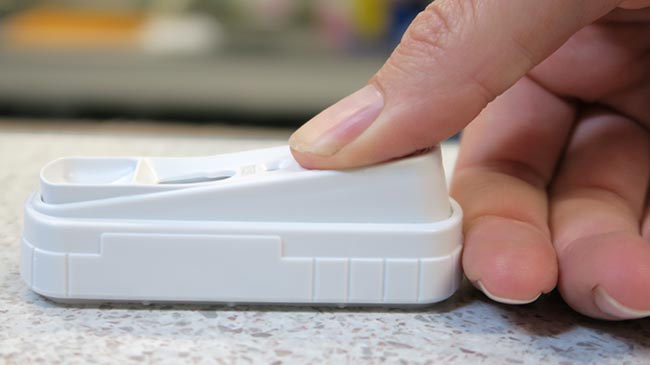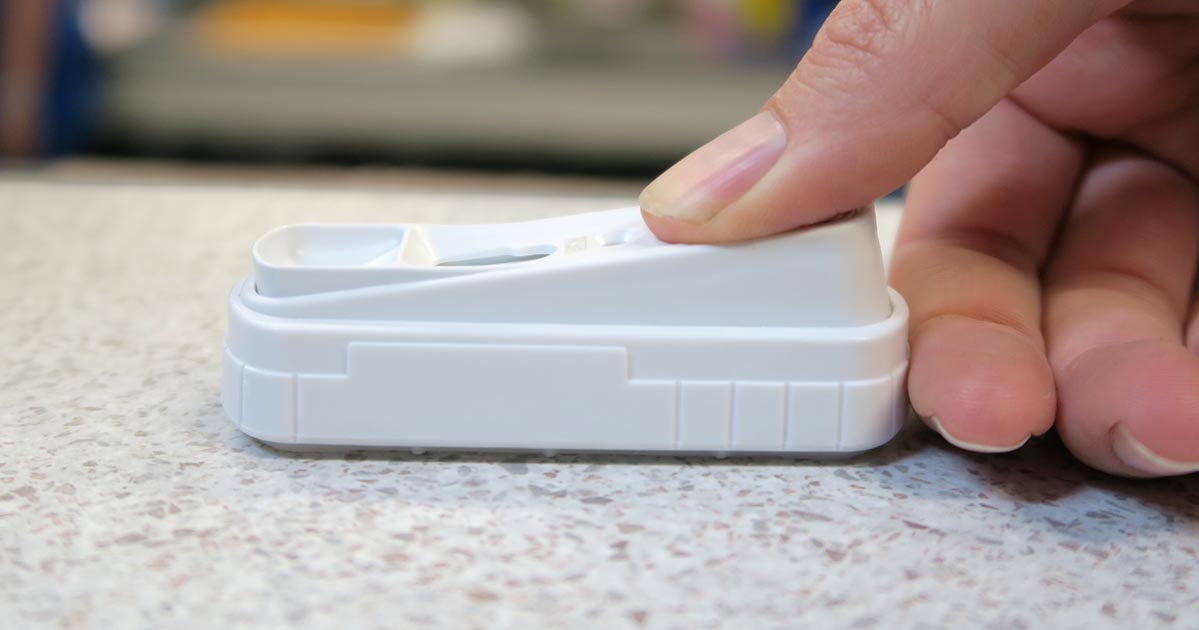The past decade has seen a significant shift in the prevalence of both FeLV and FIV in most European countries. This, coupled with a better understanding of the viral dynamics of FeLV, will influence the interpretation of the results of in-house diagnostics tests of these viral infections.
FeLV is an RNA virus that undergoes classic retroviral replication that incorporates its own genes into the host genome, known as provirus. Of those infected, approximately 30% to 40% will not be able to mount an effective immune response and will become persistently viraemic (“progressors”).

These cats will have a high proviral load, remain persistently antigen-positive and eventually succumb to the disease. These cats have a poor prognosis, with 70% to 90% succumbing to the disease within 18 to 36 months.
The remaining infected cats will become “regressors”. These cats will be able to mount an effective immune response and, eventually, become antigen-negative; however, will still be provirus-positive as these cannot be completely eliminated.
In extremely unusual circumstances, these cats may recrudesce and become viraemic again later in life – previously known as “latent” infection – but these cases are extremely rare. Cancer and corticosteroid-induced immunosuppression is thought to be responsible in these cases.
FeLV prevalence
The prevalence of FeLV is now much lower compared to 10 to 15 years ago, with successful culling and selective breeding programmes meaning the risk of false positive results is increased.
A positive result could be because it is a true positive (FeLV-associated disease), transient positive or false positive. A much higher chance exists of a true positive within at-risk groups – young cats with lymphoma, anaemia or leukopenia, and cats with unusual infection or unexplained wasting diseases.
A positive result in healthy cats should be considered suspicious. These cats could be regressors and should be retested 12 weeks later, where the result should become negative. Alternatively, it could be a false positive and an external lab should be used to confirm infection, preferably using an alternative method – such as DNA PCR – to test for the presence of provirus.
FIV prevalence
The interpretation of FIV test results, both in light of new disease prevalence data as well as epidemiological evidence, needs to be revised.
The prevalence of FIV in Australia is a lot higher than previously thought. In a study based on cats from the inner Sydney area, the prevalence of FIV is 16% in domestic cats with outdoor access, 21% to 25% in two feral cat colonies and up to 32% among some populations of “sick” cats (Norris et al, 2007). An owner survey revealed almost 80% of Australian cats spend some time outdoors, posing most cats at a high risk of FIV exposure.
Although no current statistics exist on the percentage of cats vaccinated for FIV, an increased vaccination rate will have a significant impact on the reliability on the results from in-house tests.
Combination test
As the name suggests, the SNAP combination FeLV antigen/FIV antibody test detects the presence of FIV antibodies. This test cannot distinguish antibodies from those naturally infected, vaccinated or derived from maternal antibody. To add to the confusion, antibodies can take anywhere between two to four weeks – and sometimes up to six months – to develop after initial infection.
To overcome this problem, PCR is needed to determine the presence of viral RNA (ELISA-positive, PCR-negative).
It should be noted the presence of FIV antibodies in naturally infected individuals is only indicative of a persistent infection. It is not correlated with the presence of immunodeficiency or diseases directly related to FIV. In fact, new epidemiological evidence shows FIV infection does not cause illness in most cats and does not seem to cause reduced lifespans.
Summary
Any cat having a FeLV-positive SNAP test result is considered to be actively shedding virus, regardless of its health status. A cat that has a FeLV-negative SNAP test means it is not viraemic, thus not shedding virus, but does not necessarily mean it is free from infection.
On the other hand, the true FIV status of a cat remains difficult to determine in-house. A positive result could mean persistently infected, maternal antibody, vaccine-induced antibody or a false positive, whereas a negative result could mean true negative, early infection or false negative.
Regardless of the result, the true relevance of the FIV status in the acute management of an otherwise healthy cat is questionable, considering the new epidemiological findings.

Leave a Reply